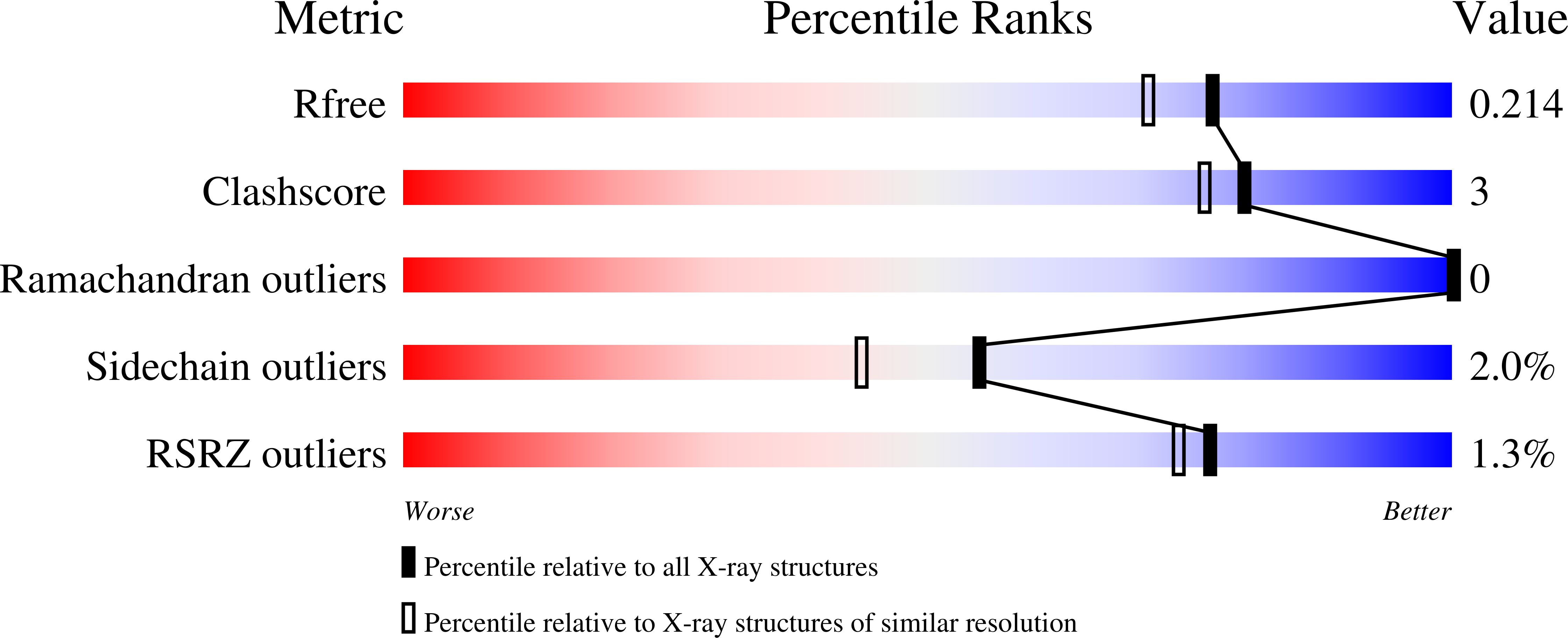
Deposition Date
2022-03-31
Release Date
2023-04-05
Last Version Date
2024-11-13
Method Details:
Experimental Method:
Resolution:
1.80 Å
R-Value Free:
0.21
R-Value Work:
0.17
Space Group:
P 21 21 2


